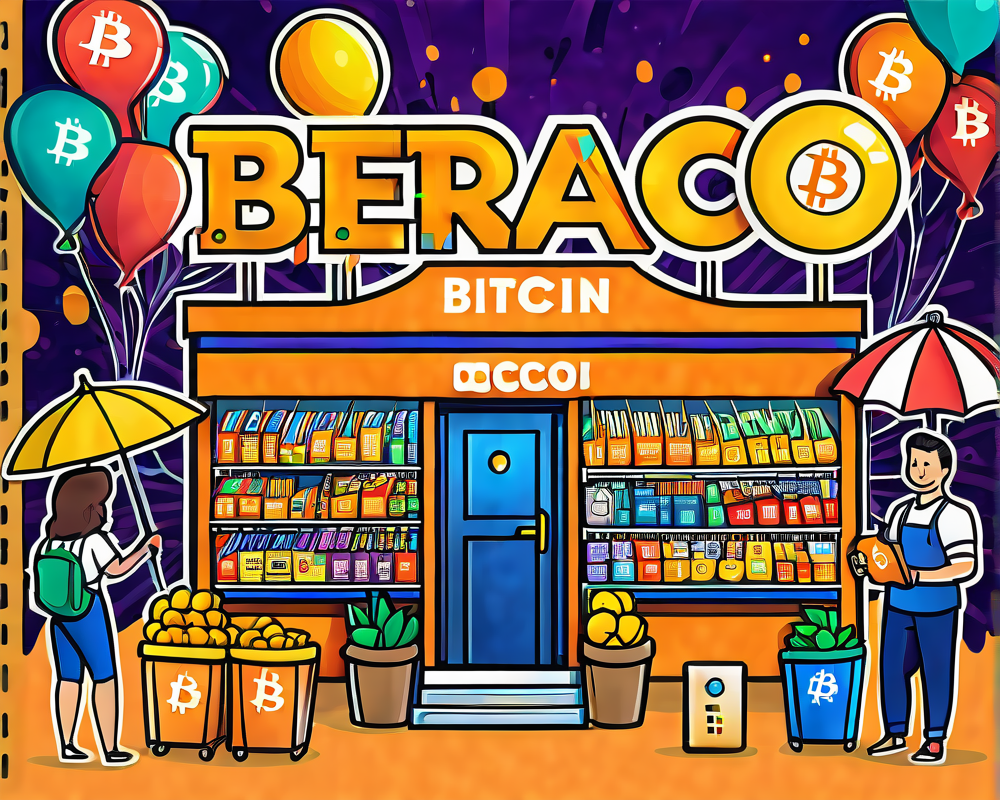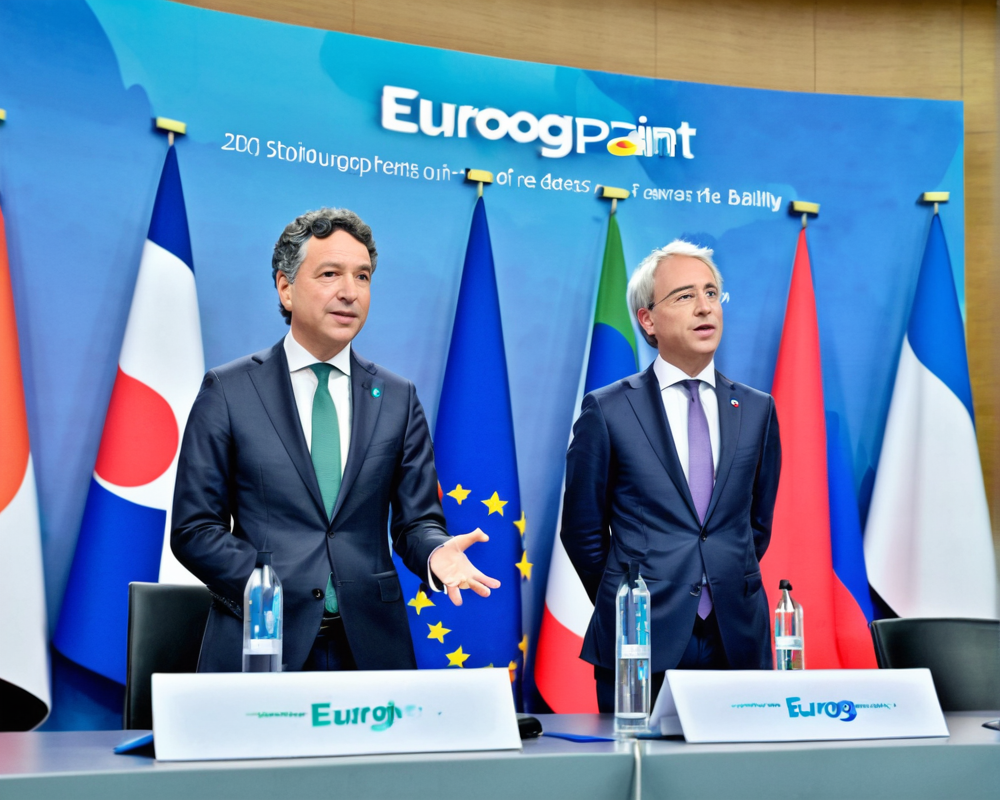Mastercard’s Patent Journey
In a bold move, Mastercard is taking strides to blend the traditional banking system with burgeoning cryptocurrency technologies. Their recent patent application, unveiled on October 25, highlights their intent to leverage principles from fractional reserve banking in the world of digital currencies. This revelation promises to stir the already bubbling pot of financial innovation.
Simultaneous Storage of Crypto and Fiat
The crux of Mastercard’s new approach lies in developing a mechanism for merchants that facilitates the coexistence of both “blockchain currencies” and conventional fiat money. Imagine this: a shopkeeper could accept Bitcoin while simultaneously holding their cash in a traditional bank account, all managed through a system that offers the best of both worlds.
Fractional Reserves in Blockchain
By introducing methods for managing fractional reserves of blockchain currency, Mastercard hints at an intriguing perspective. Essentially, they’re talking about holding on to cryptocurrencies similar to how banks manage cash reserves. This could lead to deeper integrations between crypto transactions and traditional banking practices, albeit with a hefty layer of security designed to protect consumer and merchant data.
Past and Present: Mastercard’s Mixed Signals
It’s interesting to note that Mastercard has been somewhat indecisive regarding its stance on cryptocurrency. Recently, they won another blockchain-related patent but simultaneously indicated that cryptocurrencies and Initial Coin Offerings (ICOs) might be viewed as high-risk ventures. It’s almost like trying to balance on a seesaw that keeps wobbling!
The Security Factor
The patent underscores the importance of protecting consumer information. As stated in their filing, integrating traditional payment technologies with decentralized blockchain could enhance security for users. Talk about being the best of both worlds! The promotion of secure transactions may alleviate consumers’ fears about engaging with digital currencies.
Can Fractional Reserve Banking Work in Crypto?
This concept isn’t without its detractors. Fractional reserve banking has been criticized for allowing banks to lend more than they actually have. In the crypto realm, this idea could seem a bit perplexing, given that Bitcoin inherently operates on a transparent system where each transaction is traceable. It raises the question: Are we veering away from the decentralized promise that blockchain offers?
The Tether Example
Take the case of Noble Bank, which was previously linked to Tether (USDT). They claimed to operate on a non-fractional reserve basis—essentially asserting that every USDT token corresponded to one dollar held in reserve. However, the lack of public audits raises eyebrows, leaving many wondering about the true nature of cryptocurrency reserves.
Conclusion: A Hurdle or an Opportunity?
The intersection of traditional banking and cryptocurrency is both thrilling and daunting. Mastercard’s pivot toward fractional reserve banking for digital currencies could present unprecedented opportunities, yet it also brings forward inherent risks. As the lines between fiat and crypto continue to blur, only time will tell how well consumers and merchants will embrace this innovative approach.




